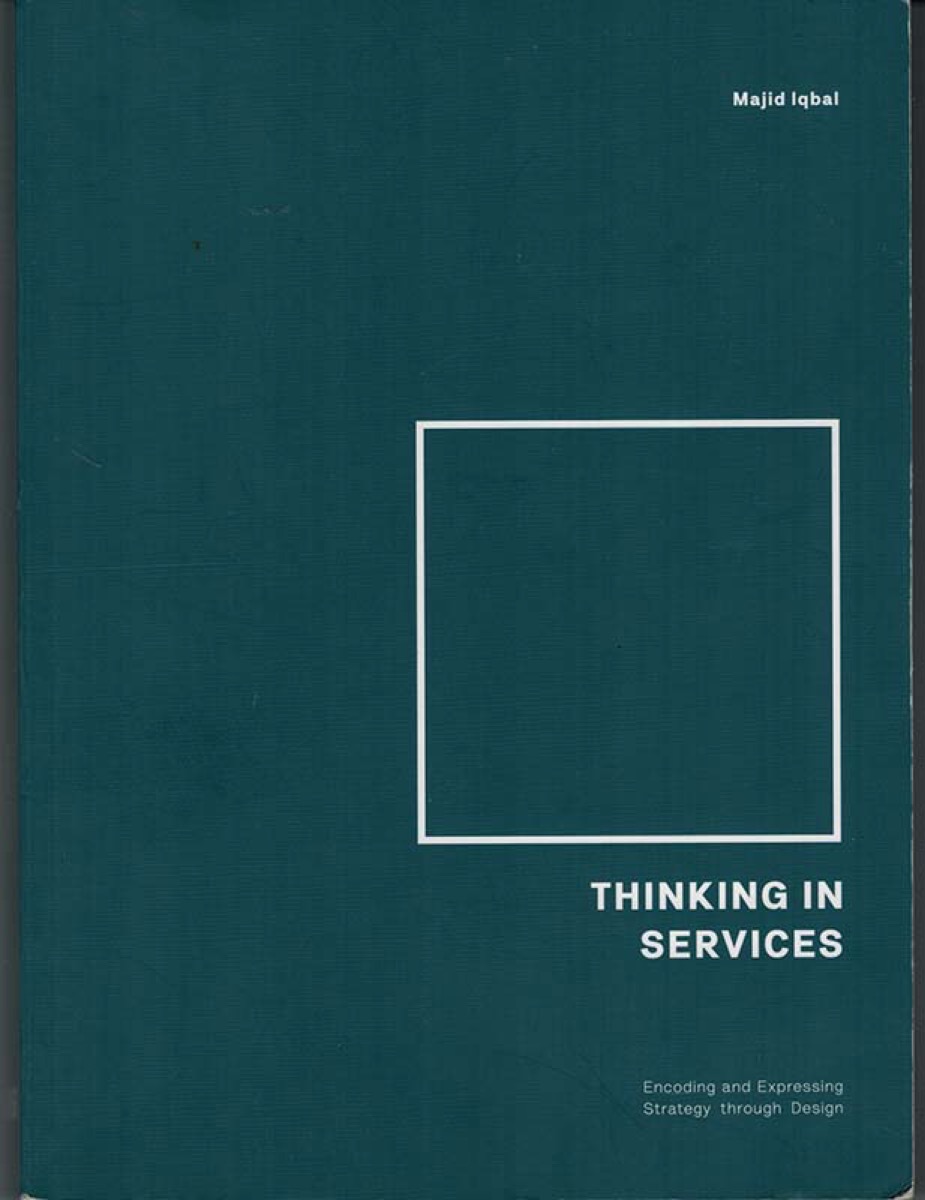Service Contracts
implied promises tell the real story of a service
Services are rooted in promises, and there are always two sides to any promise. Anything meaningful within a service: outcomes, activities, tasks or resources etc, needs to be explored reflexively; seen from both sides of the handshake.
A promise is an undertaking or assurance given by one person to another, agreeing or guaranteeing to do or give something or not do or give something, in the future.
Services emerge from promises.
Services Emerge From Promises

There are four promises in every service can be characterized as:
- Demand for affordance
- Supply of affordance
- Demand for performance
- Supply of performance
The business of management is a transformation of some current state into a preferred state. The management side of the promise is to qualify demand in terms of budget, resources and a clear statement of objective. The implementation side of the promise is supply the capabilities needed and perform activities necessary to realize the objective. Whether they are made explicit of not, the interlocking promises are necessary to achieve the desired improved state.
The promises can be made unambiguous only through unpacking who is in the game, how they’re participating, why they are motivated to participate, and what are the expected outcomes.
To dry out ambiguity, we need to agree to use these terms in a specific way. Think about the use of the Given, When and Then keywords in Gherkin test scenario syntax. In everyday language, you can use those words in many ways, but they need to be understood in a very specific way when writing test scenarios. For the purposes on writing Service Specification, Who, Why, How and What need to be understood in a very specific way. The alternative is ambiguity, which it is our goal to eliminate.
Contracts Encode Promises: Who, Why, How and What

For service agreements to form valid contracts, there must be an offer, a consideration, and an acceptance.
Service Discovery is putting together the puzzle of who, what, how and why resources are afforded (budgeted) and the interaction with performances that supply outcomes.
The Promise of Quality

The problem with promises about quality is that tend to be ambiguous and even deceptive. When all is said and done, the customer may have unfulfilled expectations, while the vendor may just as reasonably stand by the written requirements. “We did what we were asked to do” is a familiar refrain.
The written requirements are never a comprehensive statement. The problem is that the promise of quality was made in uncertain terms, "…in language that the user will be very unlikely be asked to stand by or to act on, for it does not define any personal ground for standing or acting." —Wendall Barry
The language of services gives us the tooling to frame the question so that both sides can look at the work from the common perspective of fit for purpose.
Alberto Barrera — "Lago de Garda, Italia"

Let's agree to define productivity in terms of throughput. We can debate the meaning of productivity in terms of additional measurements of the business value of delivered work, but as Eliyahu Goldratt pointed out in his critique of the Balanced Scorecard, there is a virtue in simplicity. Throughput doesn’t answer all our questions about business value, but it is a sufficient metric for the context of evaluating the relationship of practices with productivity.